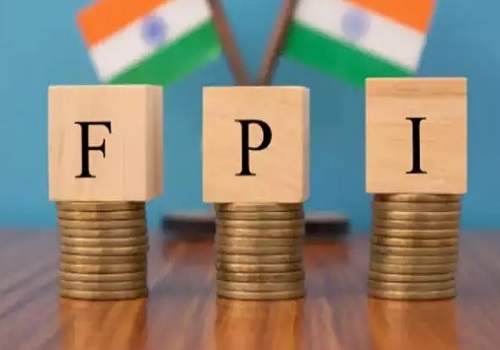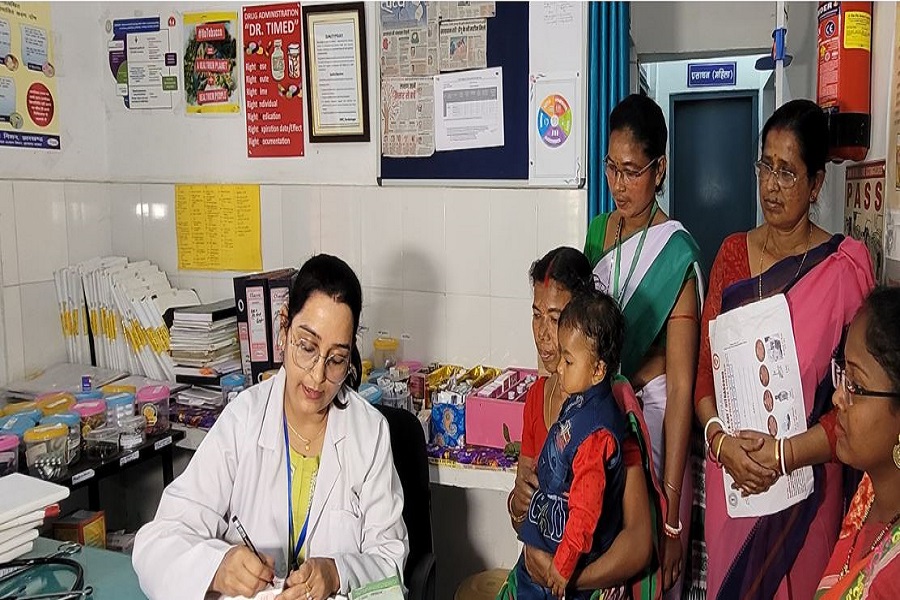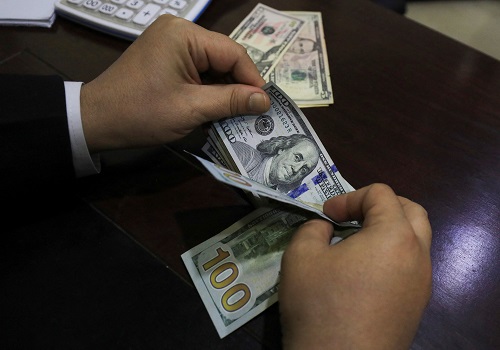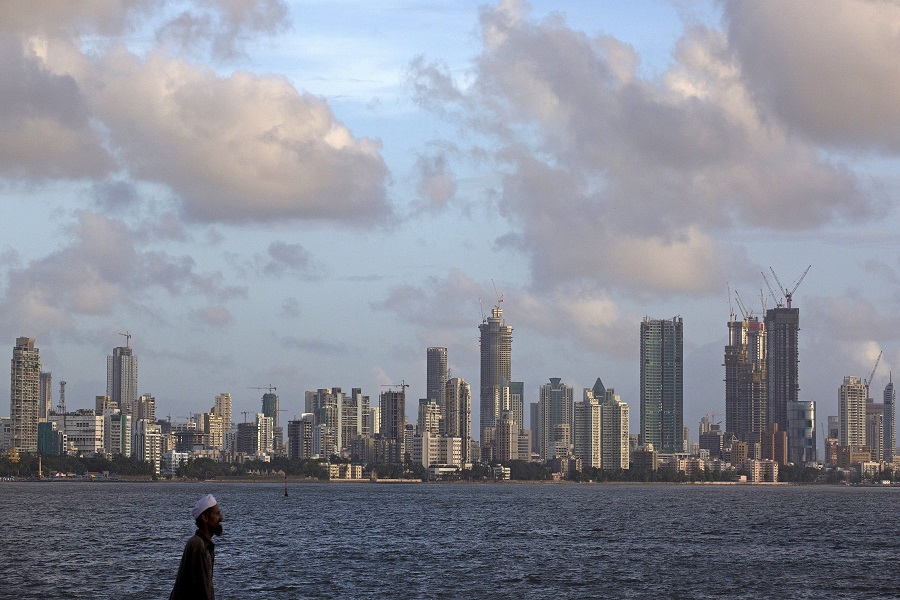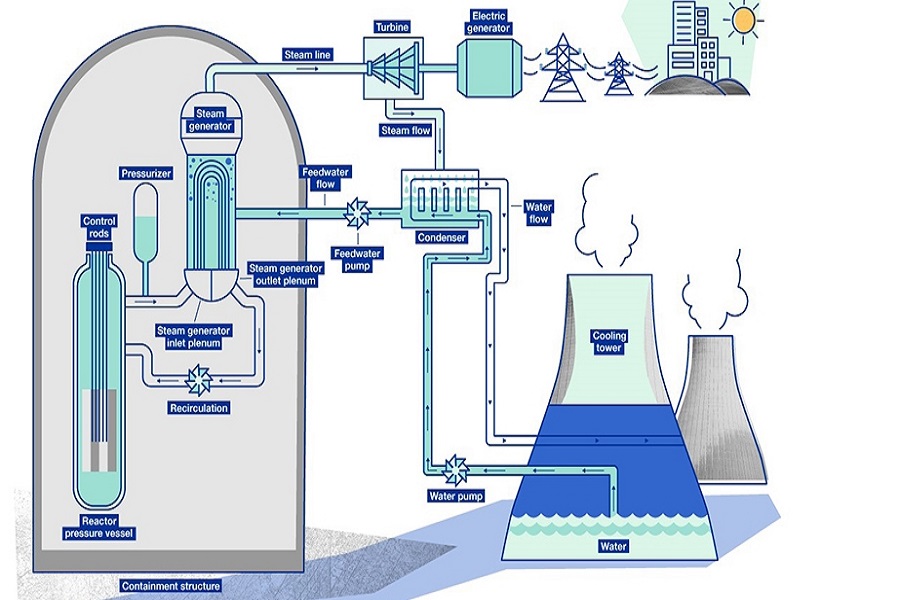Non-fossil fuels account for 44% of India`s power generation capacity - power minister

Non-fossil fuel sources accounted for about 44% of India's power generation capacity as of October end, the country's Power and Renewable Energy Minister R K Singh told Parliament on Tuesday.
The world's third-largest greenhouse gas emitter, India aims to boost the share of non-fossil fuel sources in its electricity generation capacity to 50% by 2030. These include solar and wind energy, nuclear and hydro power, and bio-power.
"So far, a total of 186.46 GW (gigawatts) capacity from non-fossil fuel-based energy resources has been installed in the country as on 31.10.2023," the minister submitted in a written statement.
Another 114.08 GW of capacity is under implementation, with a further 55.13 GW under tendering, he added.
India has utilized about 50% of the funds allocated for development and deployment of renewable energy in the first ten months of the year, data shared by the minister showed.
Although coal remains the dominant source of electricity in India, accounting for over half of its power generation capacity, the country's rate of addition of renewable energy capacity is second only to China among major nations in the Asia-Pacific region.
The government previously cited lower per capita emissions compared with richer nations to justify continued use of coal.
India, at the ongoing COP28 climate summit, also signaled support for tripling renewable energy by 2030 but did not back the overall pledge made by about 118 governments, which pairs this ramp-up in clean power with a reduction in fossil fuel use.
